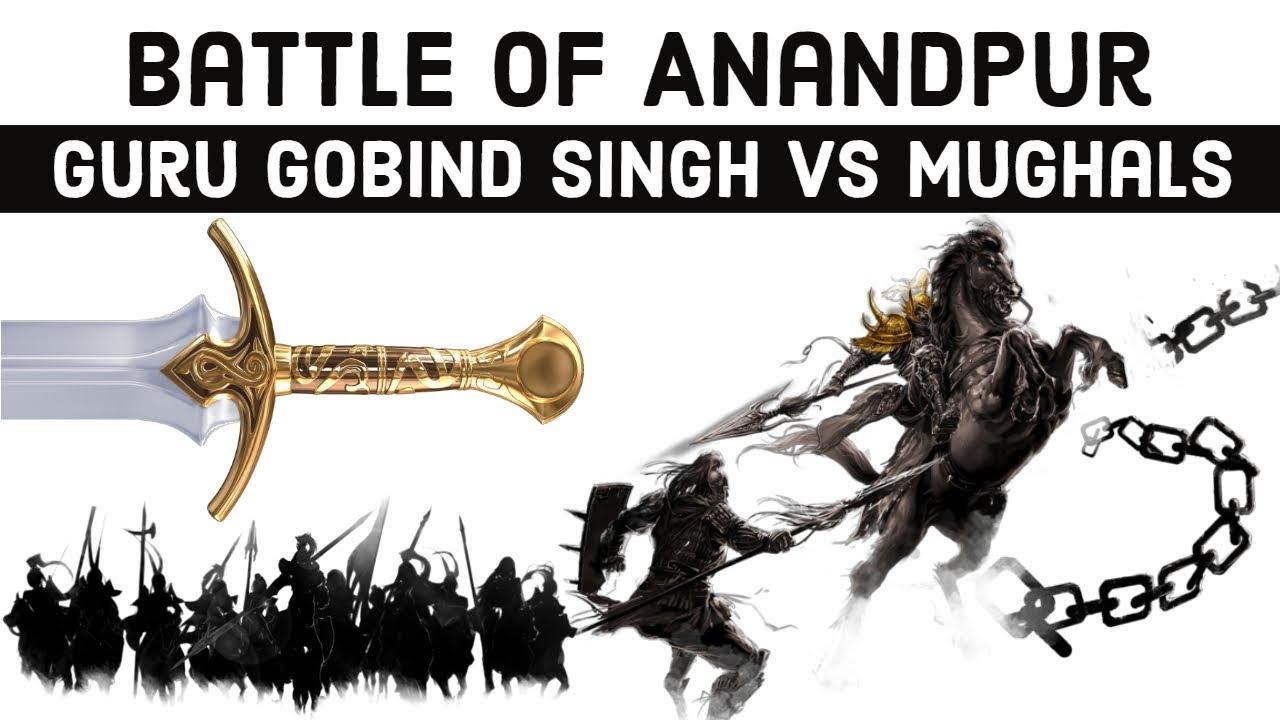Table of Contents
SIKH GURUS
- Guru Nanak Dev (1469-1539) – He was the founder of Sikh Religion.
- Guru Angad (1539-1552) – He started Gurumukhi language that is the writing script Sikh Religion.
- Guru Amardas (1552-1574) – He demolished many social evils like stoppage of child marriage, widow re-marriage etc.
- Guru Ramdas (1574-1581) – He discovered the Amritsar city by contributing 500 villages. Akbar had gifted him these villages.
- Guru Arjan Dev (1581-1606) – He built Golden Temple and also wrote Aadigranth. At last, he was executed by Emperor Jahangir.
- Guru Hargobind (1606-1645) – He placed Akal Takht in the Golden Temple.
- Guru Har Rai (1645-1661)
- Guru Harikishan (1661-1664) – Many schools were built across the country by the names of Hari Kishan.
- Guru Tegbahadur (1664-1675) – Emperor Aurangzeb sentenced his death.
- Guru Gobind Singh (1675-1708) – He started Khalsa Panth.
AURANGZEB
- Muhi-ud-Din Muhammad (3 November 1618 – 3 March 1707),commonly known by the Aurangzeb Widely considered the last effective Mughal emperor, his reign lasted for 49 years from 1658 until his death in 1707.
- Aurangzeb was a notable expansionist during his reign, the Mughal Empire reached its greatest extent, ruling over nearly all of the Indian subcontinent.
- Under his reign, the Mughal Empire surpassed China to become the world’s largest economy, worth over $90 billion, nearly a quarter of world GDP in 1700.
AURANGZEB
- Aurangzeb has been subject to controversy and criticism for his policies that abandoned his predecessors’ legacy of pluralism and religious tolerance, citing his introduction of the Jizya tax, destruction of Hindu temples, execution or forced conversion of his non-Muslim subjects to Islam.
- Various historians question the historicity of the claims of his critics, arguing that his destruction of temples has been exaggerated, and noting that he also built temples,paid for the maintenance of temples, employed significantly more Hindus in his imperial bureaucracy than his predecessors did,
- The downfall of the Mughal Empire began near the end of his reign due to his political and religious intolerance.
GURU GOBIND SINGH
- Guru Gobind Singh (5 January 1666 – 7 October 1708) was the tenth Sikh Guru, a spiritual master, warrior, poet and philosopher. Known as the “protector of Hindus”; his father, Guru Tegh Bahadur, was beheaded for refusing to convert to Islam.
- Guru Gobind Singh was formally installed as the leader of the Sikhs at age nine, becoming the tenth Sikh Guru. His four sons died during his lifetime – two in battle, two executed by the Mughal army.
- Among his notable contributions to Sikhism are founding the Sikh warrior community called Khalsa in 1699 and introducing the Five Ks, the five articles of faith that Khalsa Sikhs wear at all times.
BATTLE OF ANANDPUR
The Battle of Anandpur was fought at Anandpur, between the armies of the Sikh Guru Gobind Singh and the Mughal forces aided by the Nawab of Bahawalpur state, Rajas of the Sivalik Hills in around 1700.
BACKGROUND
-
- The increasing power of Guru Gobind Singh, and his establishment of a military order (Khalsa) alarmed the Rajas of the Sivalik hills. After some failed attempts to check the Guru’s power, the Rajas pleaded the Mughals and Emperor Aurangzeb to help them against the Guru.
- The Mughal viceroy of Delhi sent his generals Din Beg and Painda Khan, each with an army of five thousand men, to subdue the Guru. The Mughal forces were joined by the armies of the hill chiefs at Rupar.
SIKH VICTORY
- According to the Sikh chronicles, Guru Gobind Singh refused to play the role of an aggressor, as he had vowed never to strike except in self-defence.
- After Painde Khan’s death, Din Beg assumed the command of his troops. However, he failed to overpower the Guru’s forces. The hill Rajas fled from the battlefield, and Din Beg was forced to retreat after being wounded.





















 WhatsApp
WhatsApp